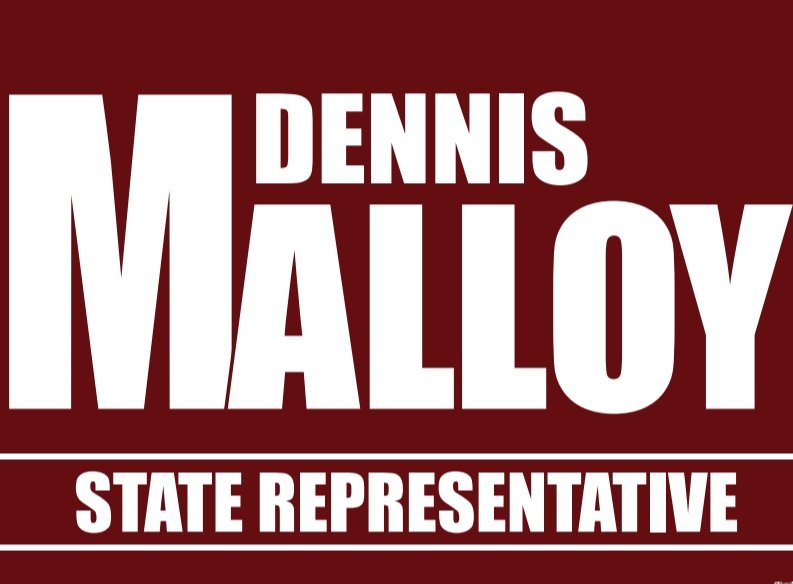The State Budget finalized during the next five months will fund public services for the next two years.
The New Hampshire State Budget is a two-year plan for spending on State operations, grants to local governments, and contracts with private entities for delivering services. New Hampshire is one of 16 states that will enact a biennial (or two-year) budget during 2025, while 31 states plan to approve a one-year budget and three states have different budget cycles.
Most, but not all, State spending flows through the State Budget.
The State Budget is comprised of two separate pieces of legislation, typically called House Bill 1 and House Bill 2. These bills include budget line-item appropriations and accompanying policy language, respectively.
Almost one in every three dollars of revenue funding the State Budget comes from the federal government.
These federal funds come through a wide variety of programs, including Medicaid funding for health coverage, transportation programs, food assistance, water infrastructure and other environmental projects, aid to buy home heating fuel for people with low incomes, education related funding for educator training and students with special needs, resources to care for veterans, and many other programs.
The current State Budget substantially expanded key services, including support for access to child care and health services, education funding, and housing.
About two-thirds of the Budget, which totaled current State $15.17 billion for the two fiscal years as enacted, supports health, social services, and education.
Recent State revenue trends are not favorable, and past policy decisions will push revenues lower in the next budget cycle than they would have been without those changes.
The State Budget faced a revenue deficit as of the end of December, which is halfway through the second fiscal year of the current 2024-2025 State Budget. Combined revenues to the General Fund and the Education Trust Fund, which account for about 45 percent of the State Budget and are key for drawing down federal matching funds, are $41.2 million (3.4 percent) below amounts State Budget writers planned for at this point in the fiscal year.
Looming and potential costs pose challenges to State finances Some communities will see reductions in State funding for local public education during the next State Budget cycle under current law.
The first variable that has already begun to impact State finances is the ongoing legal cases, and the legal settlements, associated with alleged abuses inflicted on youth nominally in the State’s care over several decades. As of the end of December, the actual settlement amounts paid for 242 resolved claims was $127.2 million, while the 606 pending claims remaining totaled $791.5 million in unresolved requests..
